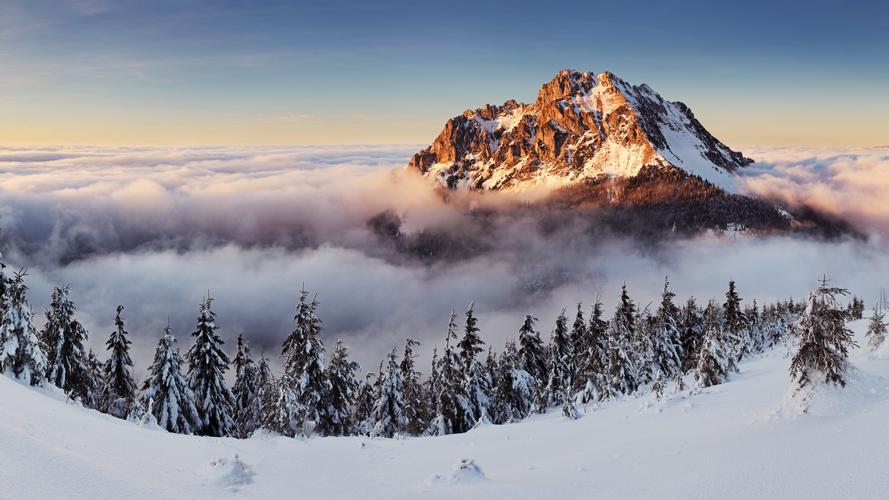Exploring the Rich Cultural Diversity of Nepal: A Journey Through Its Colorful Festivals and Traditions
Nepal is a beautiful country nestled in the lap of the Himalayas, known for its stunning landscapes, vibrant culture, and warm hospitality. The country offers a unique combination of natural beauty and rich cultural experiences, making it a sought-after destination for travelers around the world.
In this article, we will take you on a journey through the colorful festivals and traditions of Nepal, exploring its rich cultural diversity and unique heritage.
Nepal’s Festivals: A Celebration of Life, Tradition, and Spirituality
Nepal’s festivals are a reflection of its rich cultural heritage, and they represent a celebration of life, tradition, and spirituality. Festivals are an important aspect of Nepali culture, and they are celebrated with great fervor and enthusiasm throughout the country.
One of the most popular festivals in Nepal is Dashain, a 15-day-long festival that celebrates the victory of good over evil. During Dashain, people come together to worship goddess Durga, offering animal sacrifices and performing various rituals.
Another popular festival in Nepal is Tihar, also known as the festival of lights. Tihar is a five-day-long festival that celebrates the relationship between humans and animals. People decorate their homes with colorful lights, and they worship different animals on each day of the festival.
Other popular festivals in Nepal include Holi, Buddha Jayanti, Teej, and Janai Purnima, each with its unique significance and traditions. All of these festivals offer a glimpse into the rich cultural heritage of Nepal.
Nepal’s Traditions: A Journey through Time and History
Nepal’s traditions are rooted in its rich history and diverse cultural influences. The country’s indigenous people have their unique cultural traditions, as do the various ethnic groups that have migrated to Nepal over the centuries.
One of the most distinctive cultural traditions in Nepal is the Newari culture. Newars are the indigenous people of the Kathmandu Valley, and they have their language, food, dress, and festivals. The Newari culture is known for its rich cuisine, which includes dishes like momos, choylas, and bara.
Another important cultural tradition in Nepal is the practice of Hinduism. Nepal is predominantly a Hindu country, and Hinduism plays a significant role in Nepali culture and tradition. People celebrate various Hindu festivals throughout the year and visit different Hindu shrines and temples.
Nepal’s traditional dress is also an important aspect of its cultural heritage. The dress varies from region to region, reflecting the diversity of Nepal’s people’s ethnic groups. The traditional dress for women includes sarees, cholis, and kurthas, while men wear dhotis, kurtas, and topis.
Takeaway
Nepal is a country of incredible diversity, and its festivals and traditions are a testament to its rich cultural heritage. The festivals and traditions provide a window into the country’s colorful past, and they continue to be celebrated with great enthusiasm and joy.
Exploring Nepal’s festivals and traditions is a journey through time and history, where one can experience the country’s unique blend of spirituality, tradition, and customs. Whether it’s the vibrant festivals or the distinctive dress and cuisine, there is something for everyone in Nepal.
(Note: Do you have knowledge or insights to share? Unlock new opportunities and expand your reach by joining our authors team. Click Registration to join us and share your expertise with our readers.)
